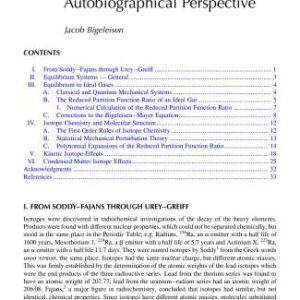Nuclear energy obtained from thermonuclear fusion of light nuclei is a goal to which an increasing world-wide effort is being committed. The demands on energy reserves and resources are continually increasing as ever more coun? tries achieve modern industrial status. All projections agree that conventional means of energy production must be supplemented and indeed supplanted by new methods. Only the date at which the transition becomes imperative is subject to debate. The promise of fusion energy ultimately to pro? vide a clean, cheap, dependable and potentially inexhaustible energy source augurs well for the future of the human race. If there were illusions at the start of the quest for controlled thermonuclear power that solutions would be easily found, the past two decades have dlspelled them. Unwarranted optimism has been replaced by a realistic recognition of the immense scientific and technological challenges that arise in bringing about practical fusion energy. Broadly speaking, problems can be put into two categories–those having to do with heating the fuel to thermonuclear temperatures at high enough particle densities and for sufficiently long confine? ment times to yield a net power return and those having to do with the actual construction of a power producing fusion reactor.
Chemistry
[PDF] The Chemistry of Fusion Technology: Proceedings of a Symposium on the Role of Chemistry in the Development of Controlled Fusion, an American Chemical Society Symposium, held in Boston, Massachusetts, April 1972 William C. Gough (auth.), Dieter M. Gruen (eds.)
$19.99

![[PDF] The Chemistry of Fusion Technology: Proceedings of a Symposium on the Role of Chemistry in the Development of Controlled Fusion, an American Chemical Society Symposium, held in Boston, Massachusetts, April 1972 William C. Gough (auth.), Dieter M. Gruen (eds.)](https://pdfelite.com/wp-content/uploads/2024/04/2684a1c80084967e8f89ec19ae71e092-d.jpg)




Reviews
There are no reviews yet.